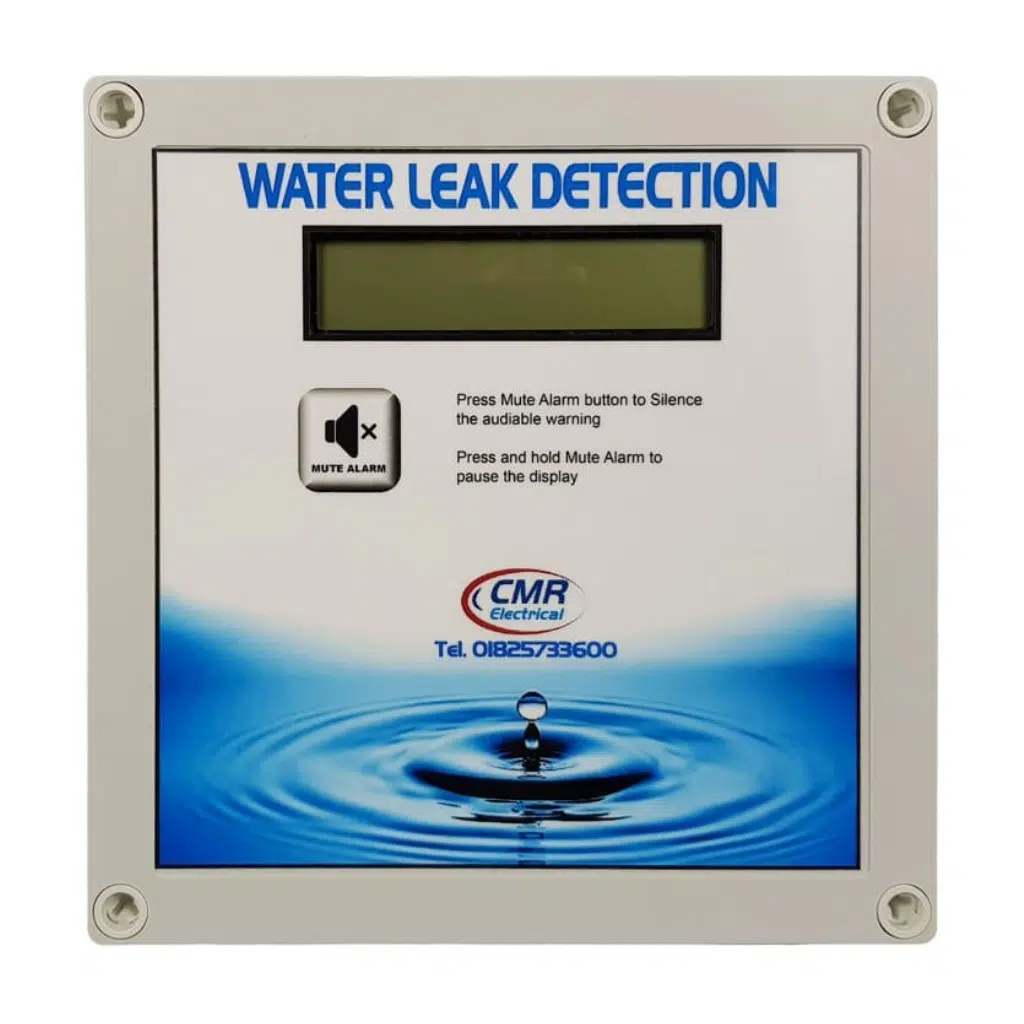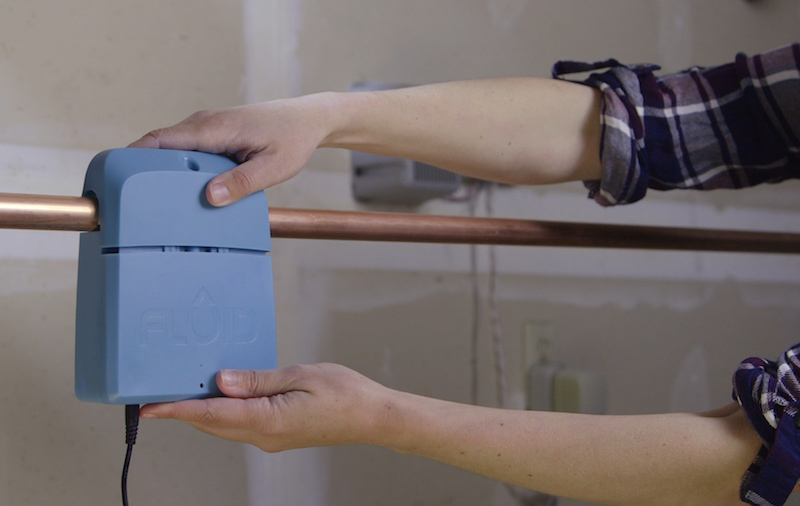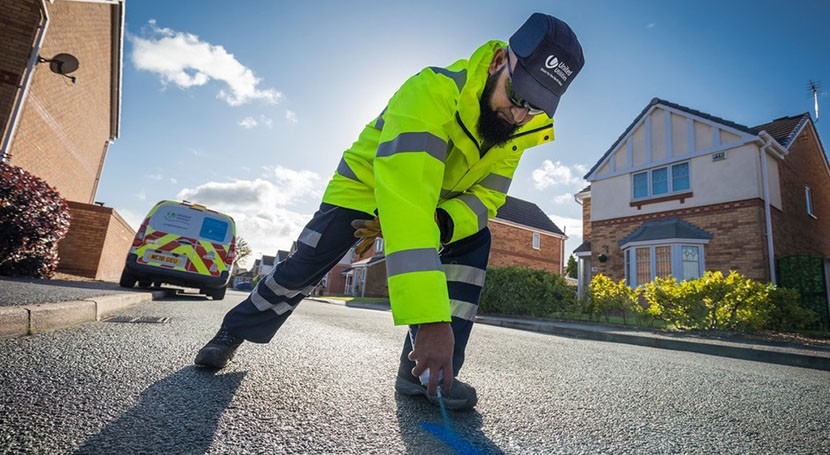Water Leak Detection: Exactly How to Determine and Repair Leaks Before They Cause Damage
Water Leak Detection: Exactly How to Determine and Repair Leaks Before They Cause Damage
Blog Article
Innovative Solutions for Very Early Detection of Water Leaks in Structures and Infrastructure
As the honesty of buildings and framework is critical, the obstacle of very early discovery of water leaks has stimulated ingenious services that assure to reinvent the means we safeguard versus prospective damages. From innovative leakage discovery technologies to the implementation of IoT sensing units for real-time monitoring, the landscape of leak avoidance is advancing quickly. Maker learning formulas provide a glimpse into the future of leakage prediction, while thermal imaging presents a non-intrusive approach for identifying concealed leakages. Automated water flow analysis systems are improving just how leakages are determined and dealt with, leading the way for a proactive approach to water leak discovery. Each of these remedies holds the crucial to ensuring the dependability and durability of our constructed setting, prompting a shift towards a much more lasting and efficient future.
Advanced Leakage Discovery Technologies
Advanced leakage detection innovations, furnished with sophisticated sensing units and algorithms, play an essential role in quickly recognizing and pinpointing water leakages in numerous setups. These modern technologies utilize a mix of acoustic, thermal, and electromagnetic sensing approaches to identify leakages precisely. Acoustic sensing units discover the noise of leaving water, permitting precise localization of the leakage source. Thermal imaging discovers temperature level adjustments brought on by water leak, supplying one more effective approach for leak recognition. Electro-magnetic sensors can identify adjustments in magnetic fields created by water, providing yet another layer of leakage detection capability.

IoT Sensors for Real-Time Surveillance
In the world of modern-day water leakage discovery, the combination of IoT sensors for real-time surveillance represents a critical innovation in enhancing positive leakage discovery capacities. These sensors provide constant tracking of water systems, giving real-time data on water flow rates, pressure variations, and temperature modifications. By leveraging IoT innovation, these sensors can spot even the smallest anomalies in water usage patterns, allowing early identification of prospective leaks prior to they rise right into significant concerns.
IoT sensing units send information to a central system, where innovative formulas assess the details and produce informs or notices when irregularities are found. This real-time surveillance ability enables property owners or center supervisors to immediately deal with leaks, reducing water damage, reducing repair prices, and preserving water go to my site resources.
Additionally, IoT sensors can be incorporated with structure monitoring systems, permitting for automatic reactions to spotted leakages, such as closing off water valves or turning on pumps to alleviate the effect of leaks. Overall, the execution of IoT sensors for real-time monitoring dramatically improves the efficiency and performance of water leak detection in structures and facilities.
Artificial Intelligence Algorithms for Leakage Prediction

One key advantage of using artificial intelligence for leak forecast is its ability to continuously find out and enhance its accuracy over time. As even more data is collected and fed right into the algorithm, it can improve its predictions and adjust to altering problems, eventually increasing the integrity of leak discovery systems.
Furthermore, artificial intelligence formulas can help in recognizing subtle indicators of leaks that might go unnoticed by typical tracking methods. water leak detection. By analyzing complicated data sets in real-time, these algorithms can give early warnings and notifies, enabling for prompt intervention and preventative maintenance to minimize potential water damages and linked costs
Using Thermal Imaging for Leakage Detection
Thermal imaging modern technology offers an appealing strategy for identifying water leaks in numerous systems and infrastructures. By using infrared radiation and temperature level variances, thermal imaging cams can recognize hidden leaks that are not quickly noticeable to the naked eye. When water leaves from pipelines or frameworks, it often alters the temperature level of the bordering location, developing temperature differentials that thermal electronic cameras can capture. These temperature abnormalities are after that converted right into noticeable images, highlighting the precise location of the leak.
Among the crucial benefits of thermal imaging Visit Website for leakage detection is its non-intrusive nature. Unlike standard techniques that may need breaking into wall surfaces or floorings to find leaks, thermal imaging enables for non-destructive testing. This not only conserves time and lowers prices yet additionally minimizes disruption to the building or framework being analyzed. In addition, thermal imaging can swiftly scan large areas, giving a detailed introduction of prospective leak sources in a prompt fashion. On the whole, using thermal imaging modern technology boosts the effectiveness and accuracy of water leak discovery, making it a useful tool for keeping the integrity of buildings and facilities.
Automated Water Flow Evaluation Equipments
Just how can automated water flow evaluation systems reinvent the detection and administration of leaks in numerous systems and infrastructures? Automated water circulation analysis systems use a proactive strategy to leak discovery by continuously keeping track of water circulation rates and patterns. By establishing standard data, these systems can swiftly identify variances that might indicate a leakage, making it possible for prompt treatment to avoid substantial damages.
These systems use innovative algorithms to analyze real-time data and give immediate notifies when abnormalities are discovered, permitting swift action to be taken. Furthermore, automatic water circulation evaluation systems can be integrated with building administration systems or IoT systems, enhancing overall effectiveness and allowing remote monitoring abilities.
Furthermore, the data collected by these systems can be used for predictive upkeep objectives, aiding to identify potential weak points in the framework prior to leakages happen. In general, the application of automated water flow evaluation systems can considerably boost leak discovery and monitoring techniques, inevitably bring about cost financial savings, lowered water wastage, and boosted sustainability in structures and framework.

Conclusion
In final thought, the combination of innovative leakage discovery modern technologies, IoT sensors, machine knowing formulas, thermal imaging, and computerized water flow analysis systems offers innovative solutions for early discovery of water leakages in buildings and facilities. These innovations allow real-time surveillance, forecast of leakages, and effective discovery techniques to stop water damage and wastage. Carrying out these remedies can aid in keeping the stability and sustainability of water systems in various settings.
Report this page